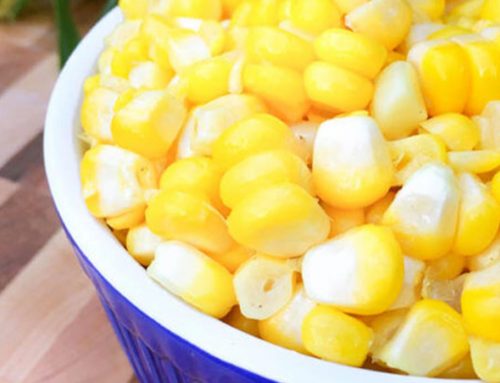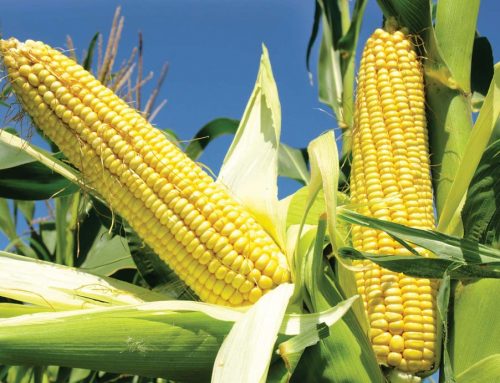Introduction
Corn (Zea mays) is a monocotyledonous tropical cereal grain from the Gramineae family. It is the only cereal developed in Mexico and Guatemala. Among cereals, corn is considered the one with the most yields followed by wheat and rice. Today it has a critical part in the nutrition of many people around the world
Botanic characteristics
Corn is monocotyledonous with long stems with leaves placed in opposition to each other on the stem. The angle between the leaves and the stem in 90 degrees. During the early stages of growth, several of the cells at the top of the main stem will be distinguished from the sub-stems. At the end of these stems corn cobs form which is actually the plant’s flowers.
These branches have nodes that grow altered leaves that engulf the cob. Unlike the internal leaves that are immature, the most external leaf if the only one that has a sheath, blade, auricles, and ligule. When the height of the plant reaches somewhere between 80 to 120 cm its silk-like stigmas (as many as the corn seeds inside the cob) start to appear.
Corn major producers
The United States, Yugoslavia and Romania, Russia, Italy, China, Argentina, Brazil, and South Africa. In Iran corn is usually produced in Gorgan, Gonbad-e Kavus, Kermanshah, Khorasan, Gilan, and Mazandaran.
History
According to archaeologists and paleontologists, corn was widely used from 5000 years ago in Mexico and Guatemala. Christopher Columbus brought corn seed with him to Spain a year after he came to America. From there it was then exported to Portuguese and then the rest of Europe. The plant then reached Africa and several Asian counties such as India and Japan.



